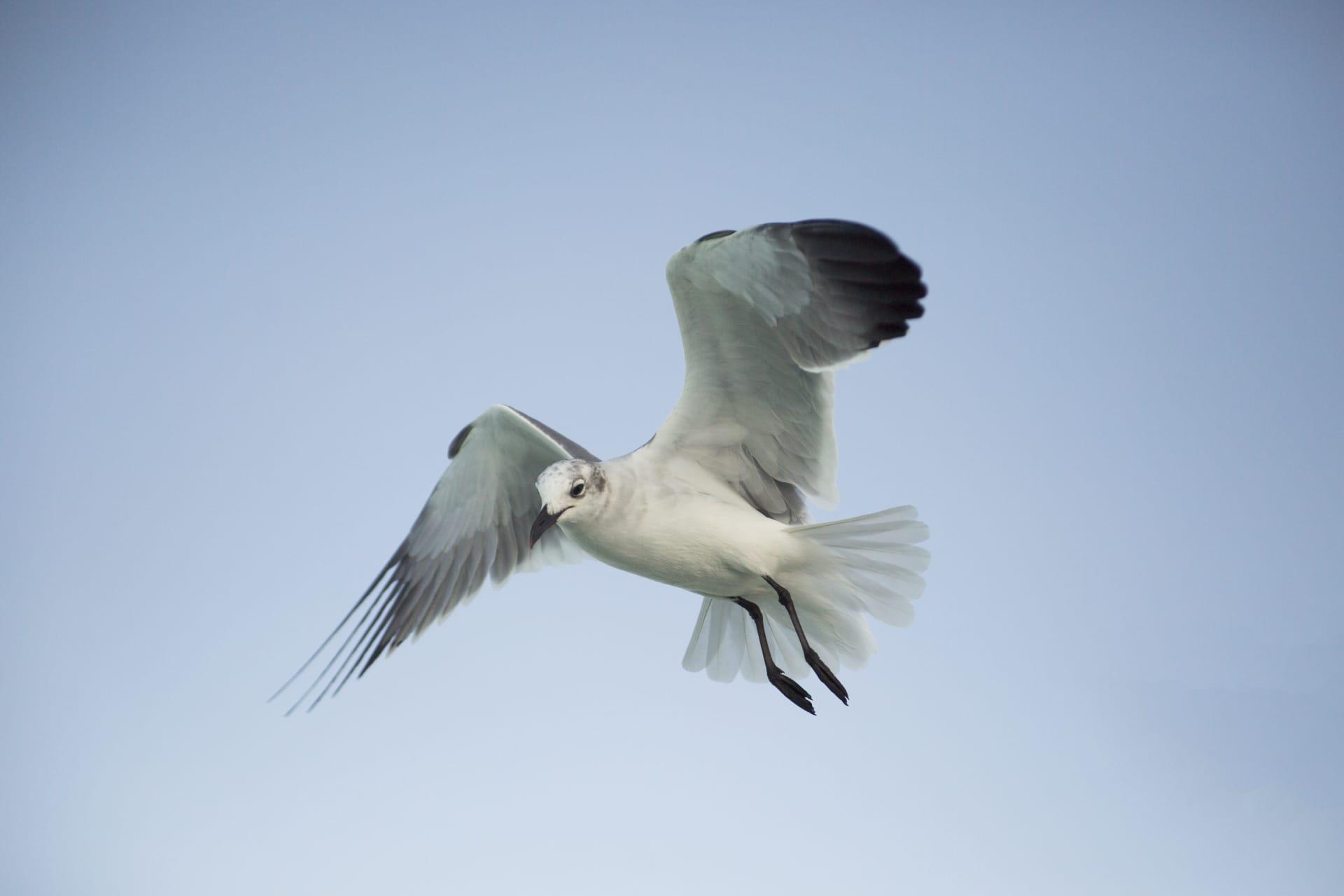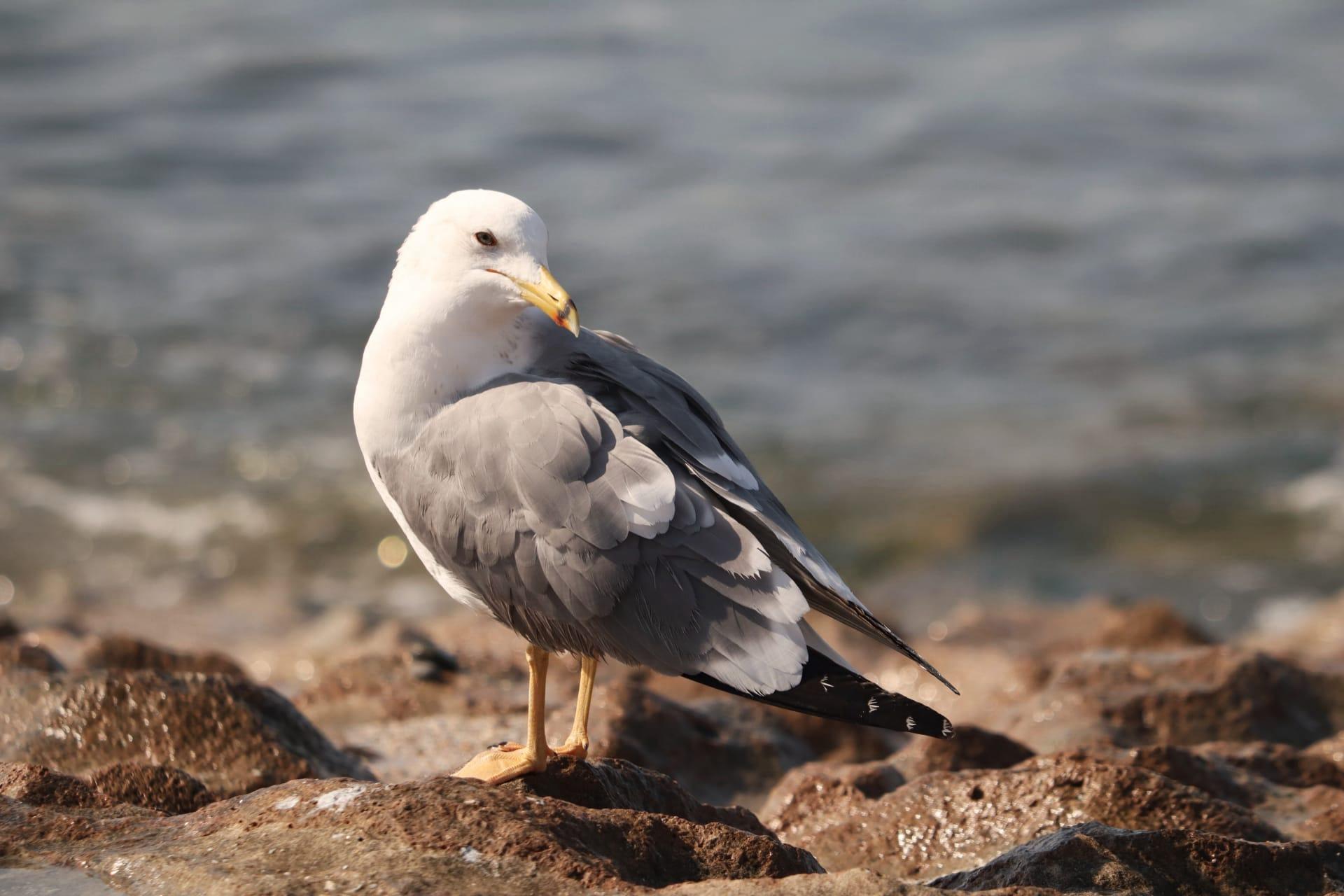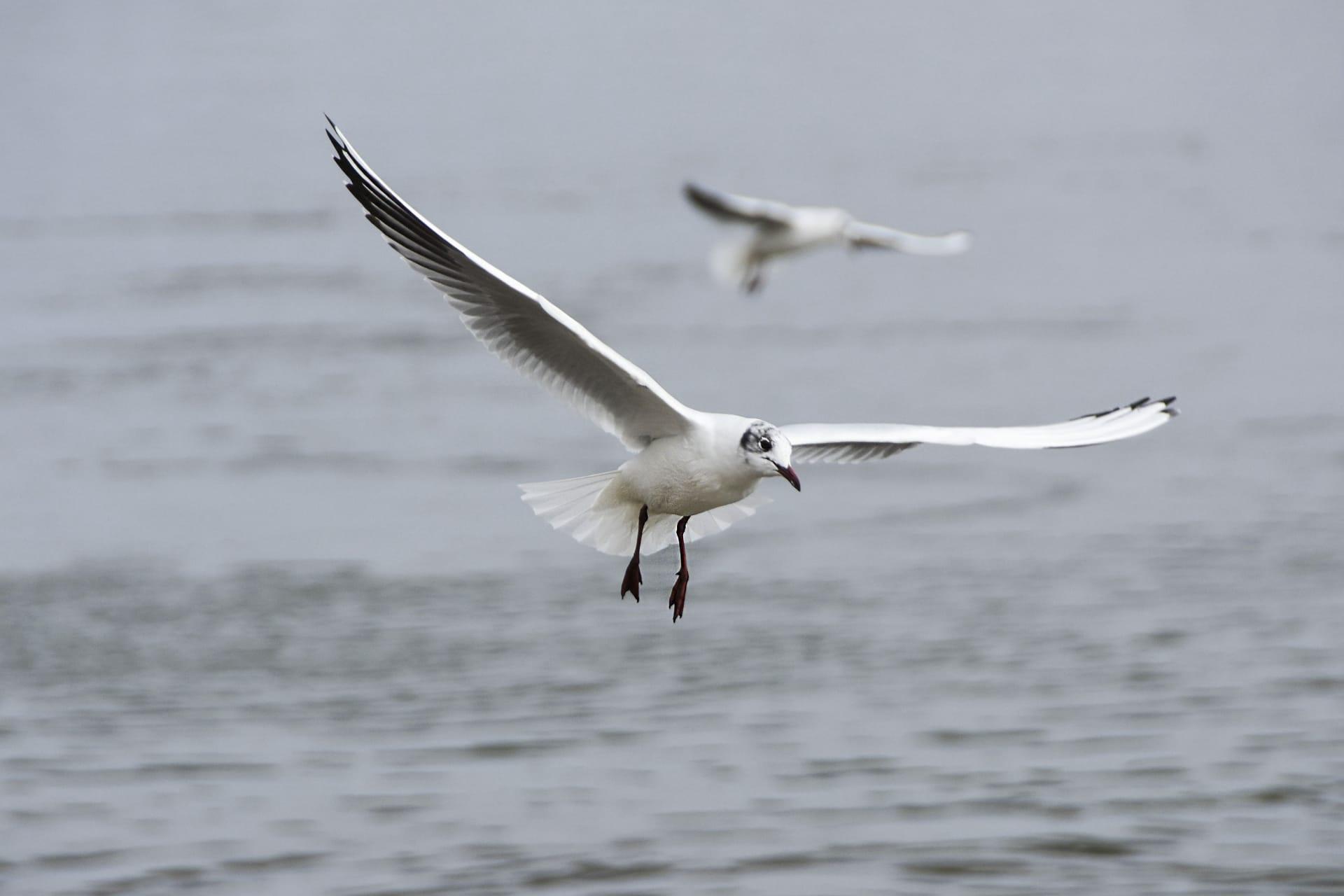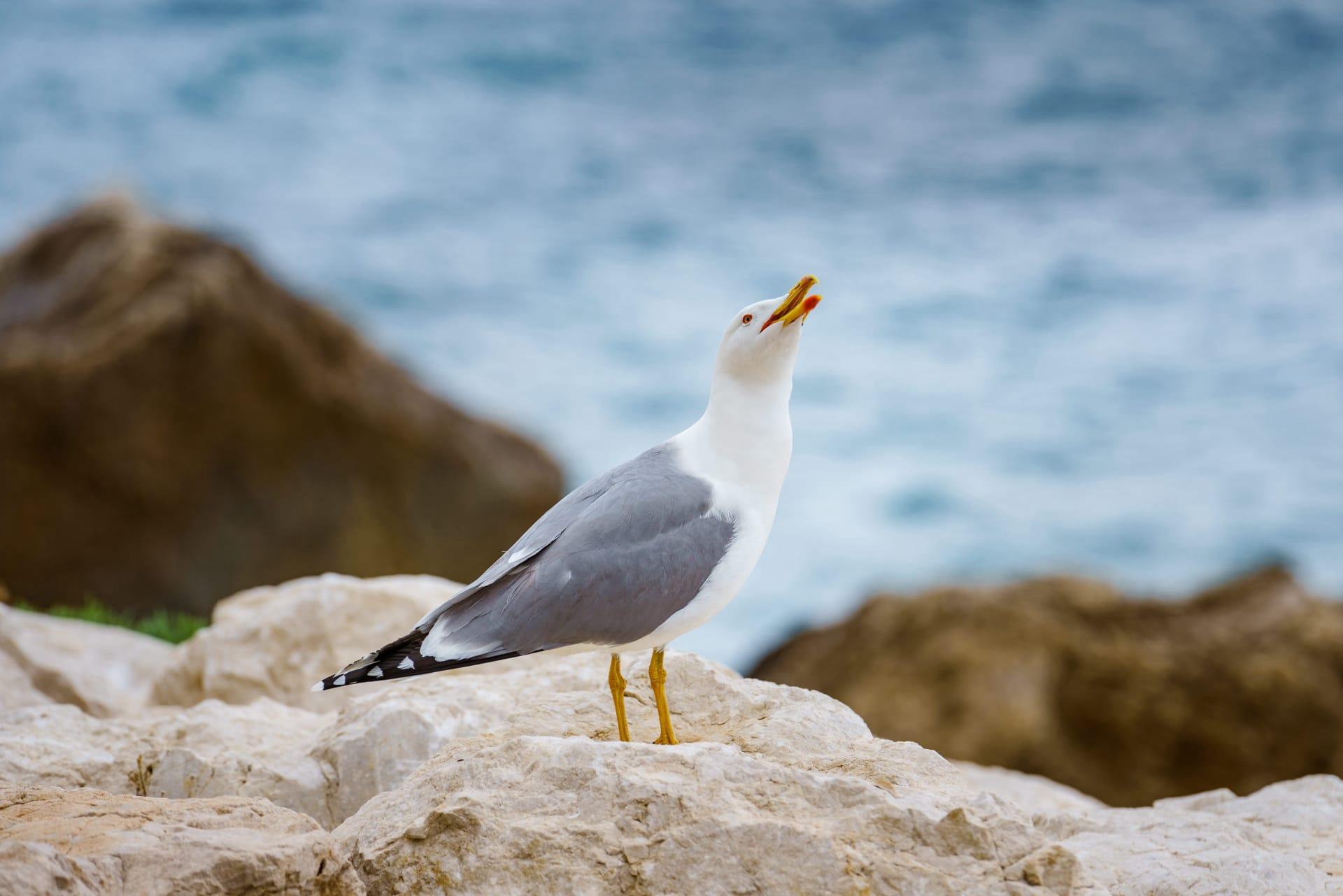Seagull Trivia
- Home /
- Trivia Question /
- Animal /
- Seagull Trivia
1
Question: How far can seagulls fly without stopping?
Answer: Seagulls are incredible long-distance fliers. They can cover up to 600 miles in a single journey. Their strong and efficient wing muscles allow them to glide effortlessly over vast stretches of water, conserving energy while traveling great distances.
Question: What's the average lifespan of a seagull?
Answer: On average, seagulls live about 20 years, though this can vary by species. Factors like diet, habitat, and threats from predators or human activities can influence their lifespan. In protected environments, some seagulls have been known to live up to 30 years.

2
Question: Do seagulls only live near the sea?
Answer: Contrary to popular belief, seagulls are not exclusively coastal birds. Many species thrive inland, residing by lakes, rivers, and even in urban areas. They adapt well to various environments, scavenging for food in both natural and human-inhabited areas.
Question: Are seagulls known for being aggressive?
Answer: Seagulls have a reputation for being aggressive, particularly during breeding season when they're protecting their nests. However, their behavior often reflects their need to scavenge for food, which can lead to bold actions around humans, especially in areas where they're fed by people.

3
Question: What do seagulls typically eat?
Answer: Seagulls are opportunistic feeders with a varied diet. They eat fish, insects, and even other birds' eggs. In urban areas, they're known to scavenge food waste. Their diet's diversity is a key factor in their adaptability to different environments.
Question: How do seagulls communicate with each other?
Answer: Seagulls use a range of vocalizations and body language to communicate. Their calls, which can vary from short, repeated notes to longer, more complex sequences, are used to signal danger, attract mates, or communicate within the flock. They also use body movements, like head tossing and wing waving, for communication.

4
Question: Why do seagulls often stand on one leg?
Answer: Seagulls often stand on one leg to conserve body heat. By tucking one leg into their feathers, they reduce heat loss, especially in colder environments. This behavior is common in many bird species as a thermoregulation strategy.
Question: Can seagulls drink saltwater?
Answer: Seagulls are among the few bird species that can drink saltwater. They have special glands located above their eyes, called salt glands, which help filter out the salt from the water, excreting it through their nostrils. This adaptation allows them to survive in saline environments without relying solely on freshwater sources.

5
Question: Do seagulls mate for life?
Answer: Many seagull species are monogamous and mate for life. They return to the same nesting sites each year and perform elaborate courtship rituals to reestablish their pair bonds. Once paired, they share responsibilities like nest-building, egg incubation, and feeding the chicks.
Question: How do seagulls navigate?
Answer: Seagulls have excellent navigational abilities. They use a combination of visual landmarks, the sun, and Earth's magnetic field to orient themselves during long flights over the ocean. This innate sense of direction is crucial for their migratory and foraging behaviors.